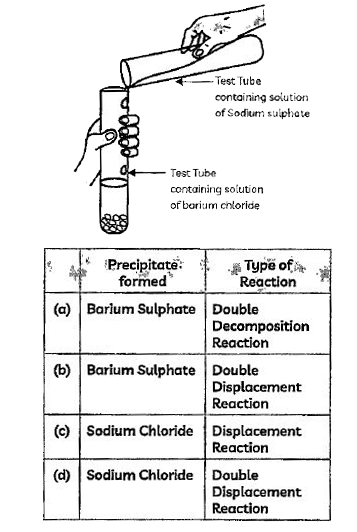What is visible spectrum?
Step-by-Step Solution:
1. Definition of Visible Spectrum: The visible spectrum refers to the range of wavelengths of light that can be perceived by the human eye. It is a part of the electromagnetic spectrum.
2. Wavelength Range: The visible spectrum covers wavelengths approximately from 380 nanometers (nm) to about 750 nm. This range includes all the colors that we can see.
3. Colors of the Visible Spectrum: The visible spectrum consists of seven distinct colors, which can be remembered using the acronym VIBGYOR:
- V: Violet
- I: Indigo
- B: Blue
- G: Green
- Y: Yellow
- O: Orange
- R: Red
4. Order of Colors: The colors in the visible spectrum are arranged in order of increasing wavelength. Violet has the shortest wavelength, while red has the longest.
5. Phenomenon of Dispersion: The visible spectrum is often observed when white light is dispersed through a prism. This phenomenon occurs because different wavelengths of light are refracted by different amounts, causing the light to spread out into its constituent colors.
6. Comparison with Other Spectra: While the visible spectrum is the range of light that we can see, there are other parts of the electromagnetic spectrum, such as infrared and ultraviolet light, which are not visible to the human eye.
Summary:
The visible spectrum is the range of light wavelengths that are visible to the human eye, spanning from violet to red and consisting of seven colors. It is produced through the dispersion of white light.
---
- V: Violet
- I: Indigo
- B: Blue
- G: Green
- Y: Yellow
- O: Orange
- R: Red
The visible spectrum is the range of light wavelengths that are visible to the human eye, spanning from violet to red and consisting of seven colors. It is produced through the dispersion of white light.
Similar Questions
A crystalline plate cut parallel to its optical axis is 0.25mm thick and serves as a quarter-wave plate for a wavelengthλ=530nm. At what other wavelength of visible spectrum will it also serve as a quarter-wave plate? The difference of refractive indices for extraordinary and ordianry rays is assumed to the constant and equal to ne−n0=0.0090 at all wavelength of the visible spectrum.
View SolutionThe wavelength of visible spectrum extends extends from violet (400 nm) tored (750 nm). Express the corresponding frequency ranges.
View Solution
Knowledge Check
What is the Wavelength of visible spectrum?
दृश्य स्पैक्ट्रम का तरंगदैर्ध्य कितना है?A1300 Å - 3000 ÅB3900 Å - 7600 ÅC7800 Å - 8000 ÅD8500 Å - 9800 ÅAssertion : Red light of visible spectrum contains high energy.
Reason : Green light of visible spectrum contains low energy than red light.ABoth Assertion and Reason are true and Reason is the correct explanation of AsserationBBoth Assertion and Reason are true, but Reason is not the correct explanation of AssertionCAssertion is true , but Reason is falseDBoth Assertion and Reason are falseAssertion (A): Chlorophyll is green in colour.
Reason ( R): Chlorophyll absorbs green light from visible spectrum of light.ABoth A and R are true and R is the correct explanation for A.BBoth A and R are true but R is not the correct explanation for A.CA is true and R is false.DA is false and R is true.
As red light has highest wavelength to visible spectrum, therefore red lights scatters least. Identify the precipitate formed and the type of reaction of reaction in the following experiment:

View SolutionAssertion : Blue colour of sky appears due to scattering of blue colour.
Reason : Blue colour has shortest wave length in visible spectrum.
View SolutionThe number of wavelenth in the visible spectrum
View SolutionGenerally the approximate limits of visible spectrum are
View SolutionA thin film of refractive index 1.5 and thickness 4×10−5 cm is illuminated by light normal to the surface. What wavelength within the visible spectrum will be intensified in the reflected beam?
View Solution
